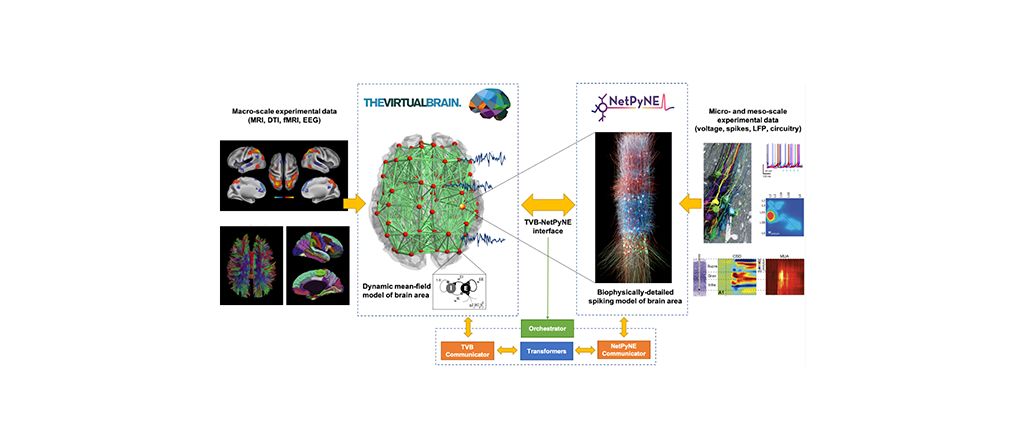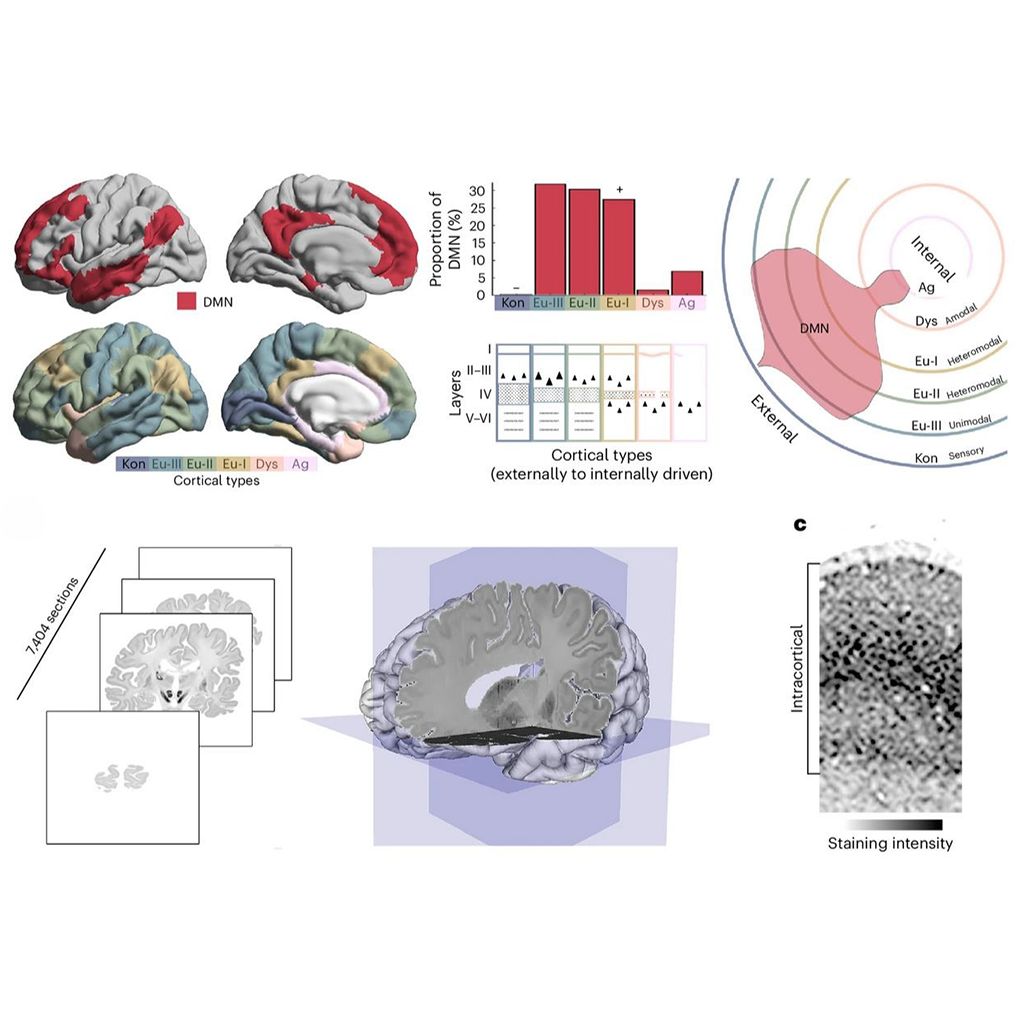
Co-simulation interface marks a new milestone for multiscale modelling

A new co-simulation interface between NetPyNE/NEURON - a tool for simulating brain models at the molecular, cellular, and circuit scales - and The Virtual Brain - a tool for simulating brain models at the macroscale - has now been developed which will allow researchers to link molecular chemical signaling to whole-brain network dynamics for the first time.
This will allow scientists to study the effect that occurrences at the molecular scale - for example, drug interactions - have on whole-brain activity, and vice versa. These complex multiscale interactions are essential to understanding and treating brain diseases such as schizophrenia and Alzheimer’s.
A proof-of-concept version of the TVB-NetPyNE interface was implemented by Valery Bragin, a researcher in the Dura-Bernal lab at the State University of New York (SUNY) Downstate. The lab was then awarded funding from The National Institutes of Health (NIH) to further develop and disseminate this TVB-NetPyNE interface, and make it available to users on EBRAINS. This work will happen during the next 6 months in collaboration with EBRAINS researchers, including Petra Ritter, who co-leads TVB, and Michele Migliore, who made NetPyNE available on EBRAINS.
“This co-simulation interface will help bridge the micro and macro scales of the brain, providing new insights into brain function and disease; EBRAINS researchers are already using it to study essential tremor and other disorders. We will make the tool accessible and easy-to-use for all EBRAINS researchers, and ensure widespread dissemination through courses and workshops. We are very excited to strengthen the link between EBRAINS and US-funded researchers. ”
Principal investigator of the TVB-NetPyNE project
News & events
All news & events
- News16 Apr 2025


